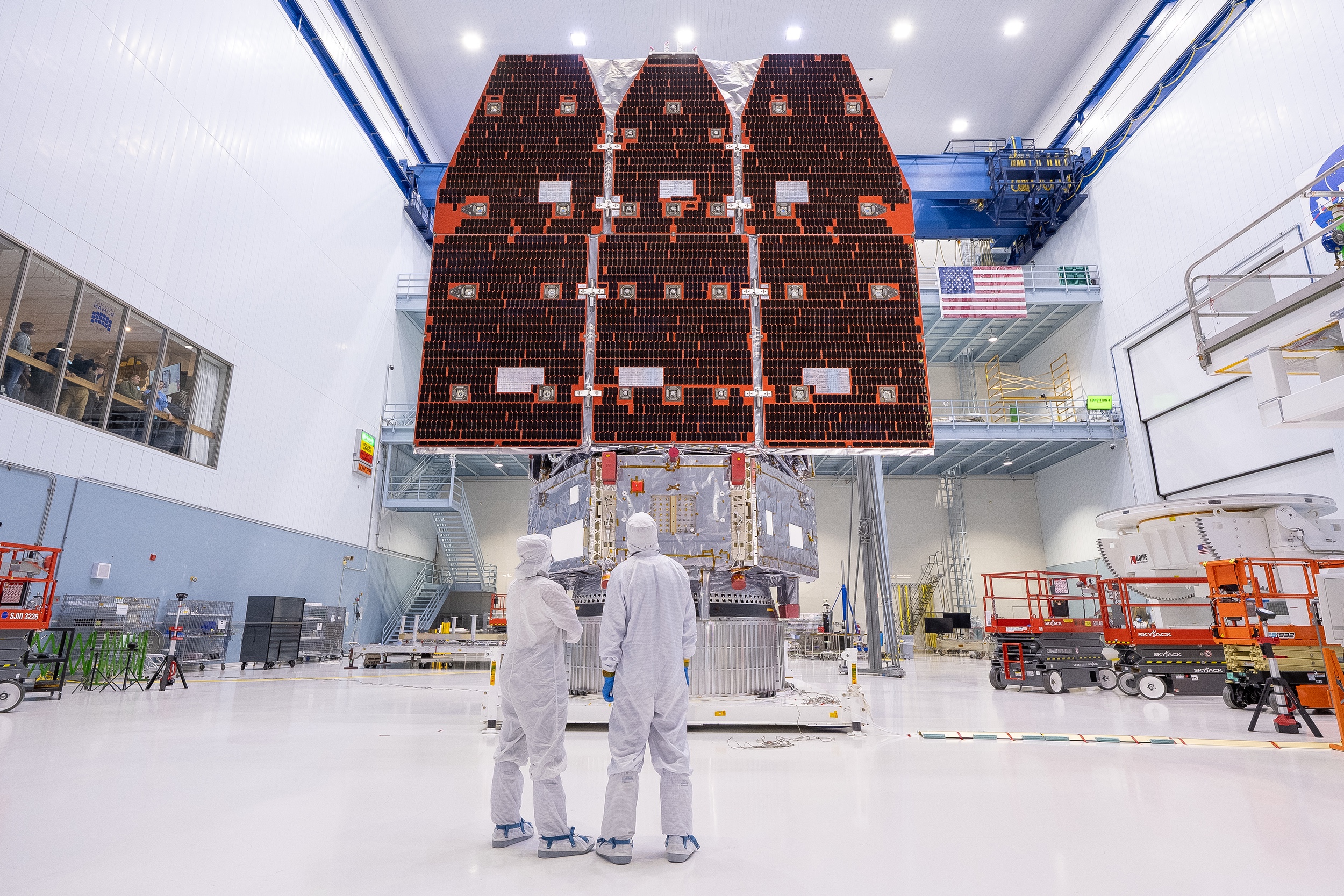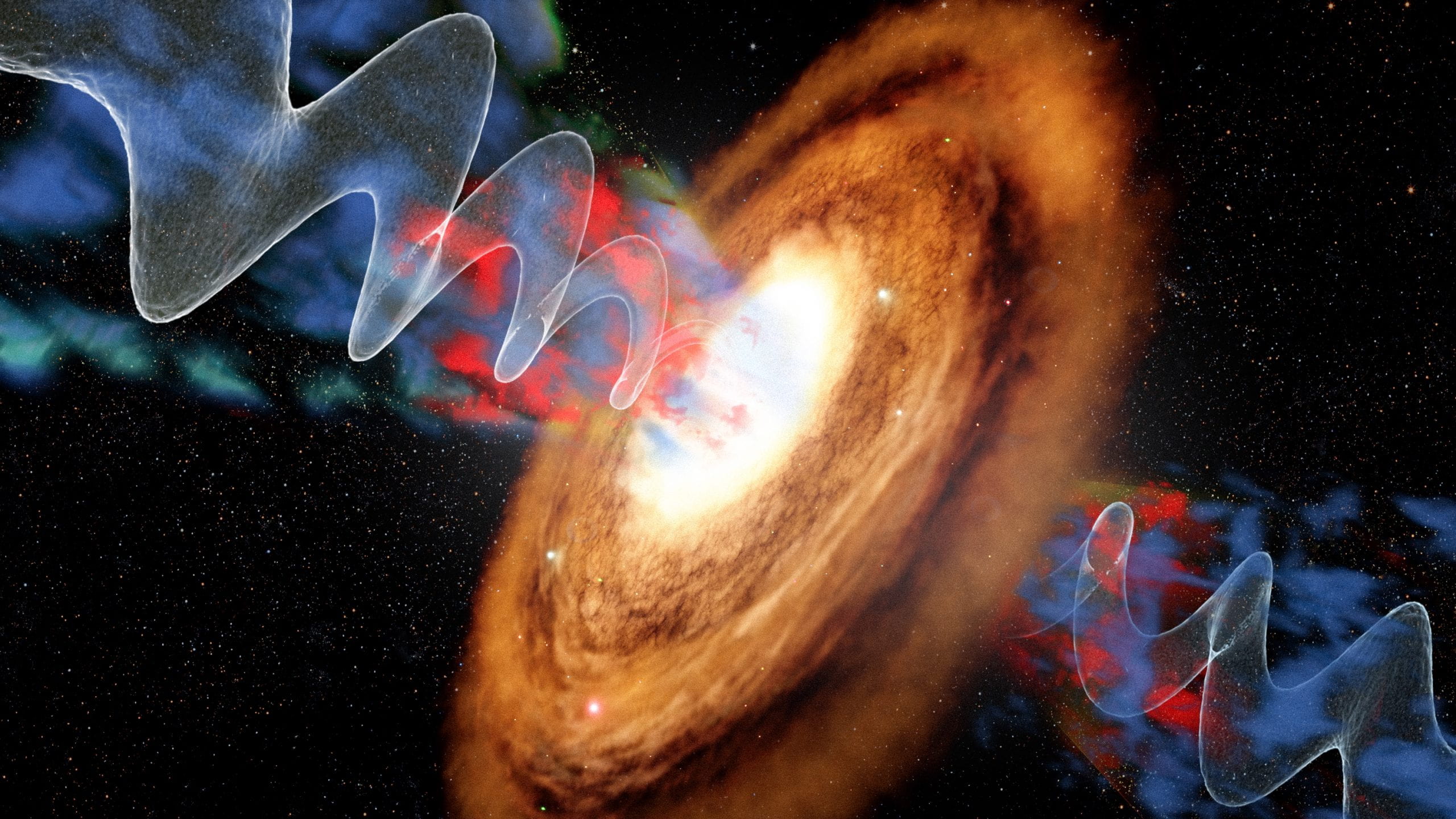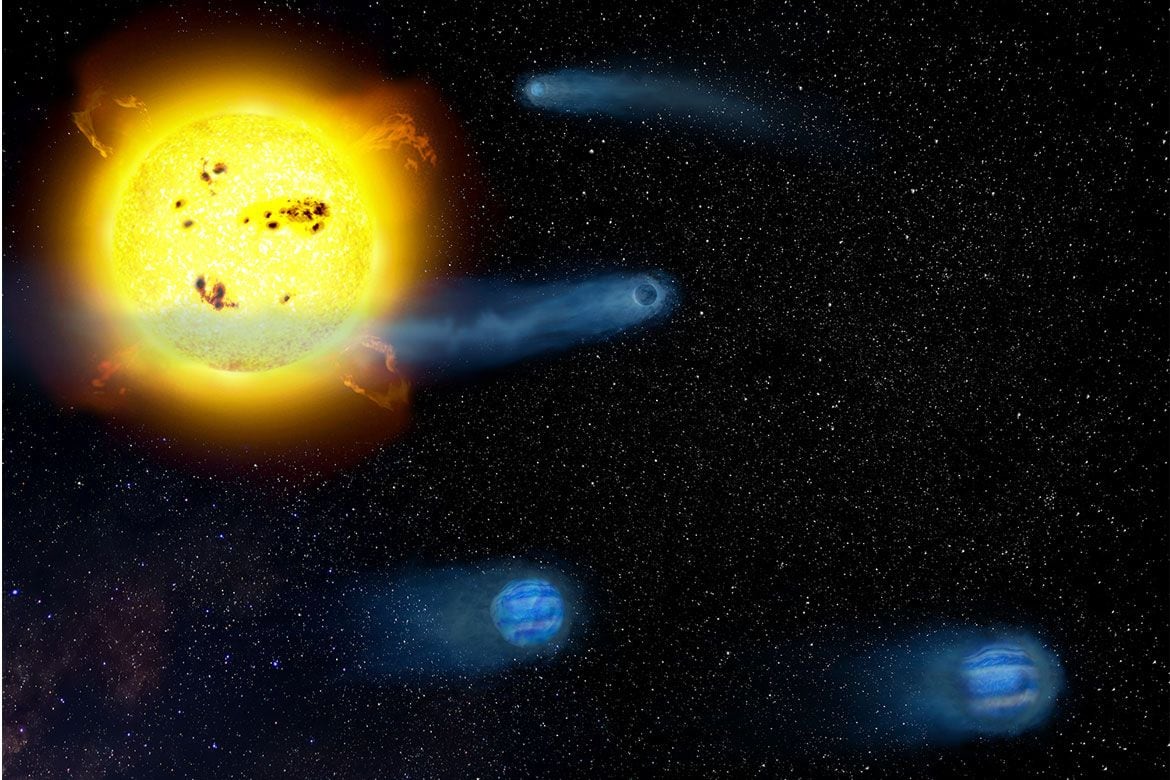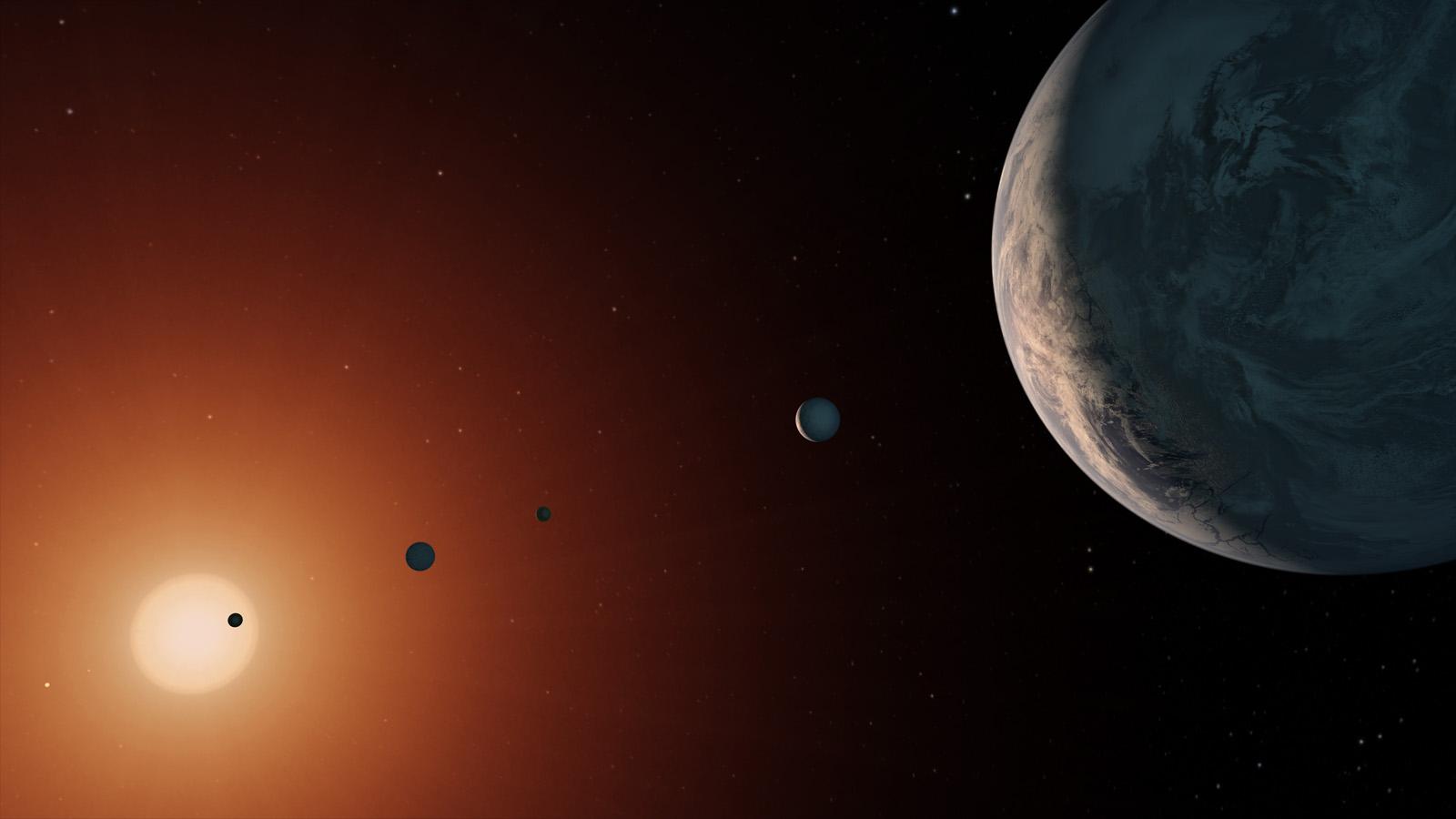PHOENIX — NASA expects to launch the Nancy Grace Roman Space Telescope as soon as September, citing the mission as evidence the agency can do flagship major science missions on time and within budget.
During a town hall session at the…

PHOENIX — NASA expects to launch the Nancy Grace Roman Space Telescope as soon as September, citing the mission as evidence the agency can do flagship major science missions on time and within budget.
During a town hall session at the…

Queensland insect enthusiasts are using their cameras to help researchers study bug populations, as part of a national citizen science project.
Bug Hunt, developed by the Invasive Species Council and Invertebrates Australia, is a new program that…


Taking anti-inflammatory drugs after surgery is fairly standard protocol. But a new study from researchers at Michigan State University suggests this approach may be backfiring and that blocking inflammation during this critical time may, in…

Astronomers have cataloged thousands of exoplanets, and a pattern keeps…

While late M-stars are the easiest places to find Earth-sized planets, a new study suggests they are biological dead ends where animal life may never find enough fuel to…